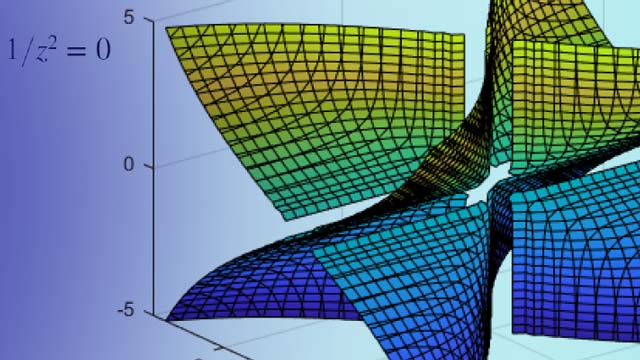angle
Symbolic polar angle
Syntax
Description
Examples
Compute Polar Angle of Numeric Inputs
Compute the polar angles of these complex numbers. Because these numbers are not symbolic objects, you get floating-point results.
[angle(1 + i), angle(4 + pi*i), angle(Inf + Inf*i)]
ans = 0.7854 0.6658 0.7854
Compute Polar Angle of Symbolic Inputs
Compute the polar angles of these complex numbers which are converted to symbolic objects:
[angle(sym(1) + i), angle(sym(4) + sym(pi)*i), angle(Inf + sym(Inf)*i)]
ans = [ pi/4, atan(pi/4), pi/4]
Compute Polar Angle of Symbolic Expressions
Compute the limits of these symbolic expressions:
syms x limit(angle(x + x^2*i/(1 + x)), x, -Inf) limit(angle(x + x^2*i/(1 + x)), x, Inf)
ans = -(3*pi)/4 ans = pi/4
Compute Polar Angle of Array
Compute the polar angles of the elements of matrixZ:
Z = sym([sqrt(3) + 3*i, 3 + sqrt(3)*i; 1 + i, i]); angle(Z)
ans = [ pi/3, pi/6] [ pi/4, pi/2]
Input Arguments
Tips
Calling
anglefor numbers (or vectors or matrices of numbers) that are not symbolic objects invokes the MATLAB®anglefunction.If
Z = 0, thenangle(Z)returns0.
Alternatives
For realXandYsuch thatZ = X + Y*i, the callangle(Z)相当于atan2(Y,X).

